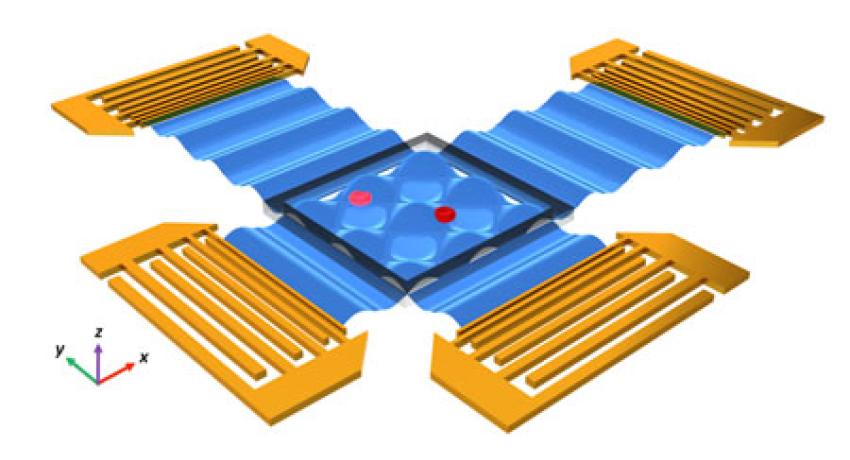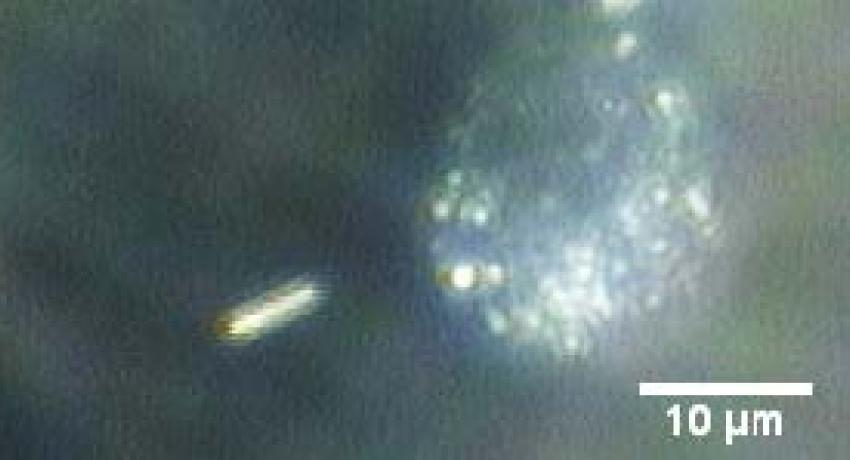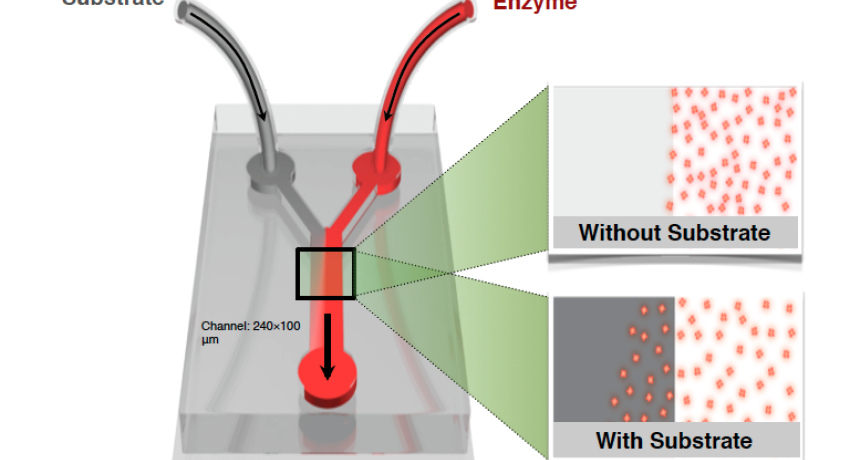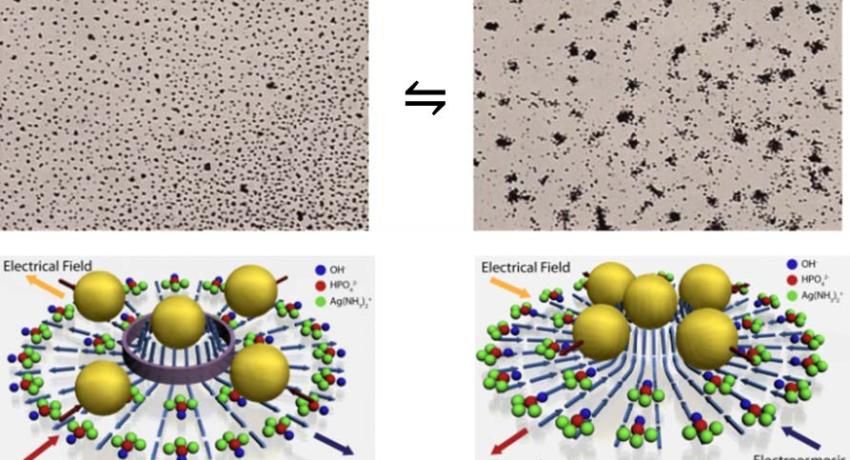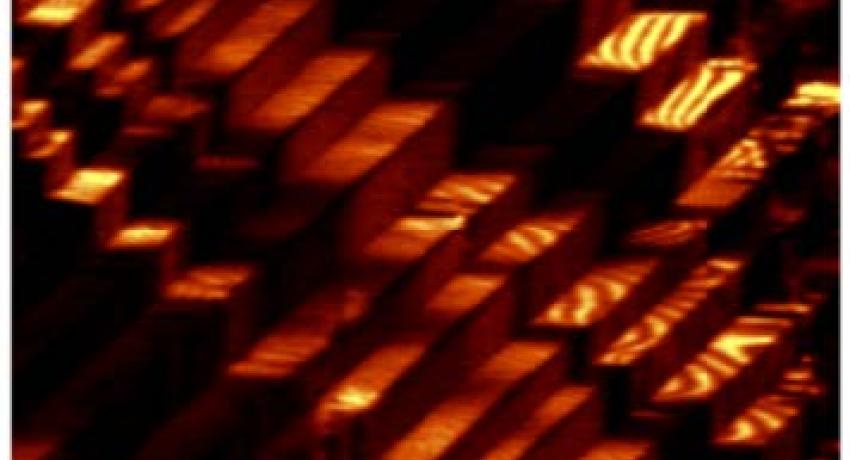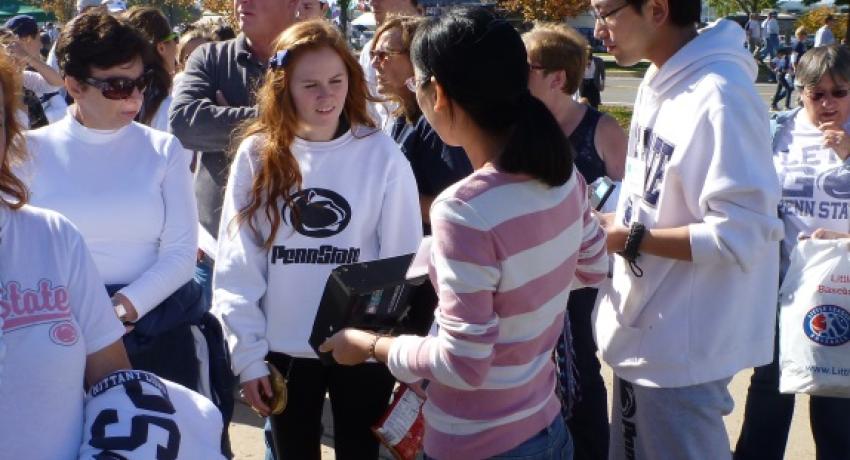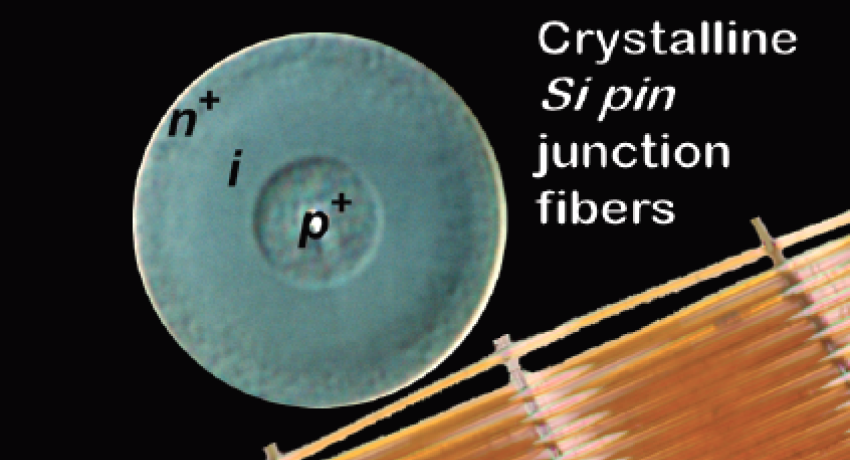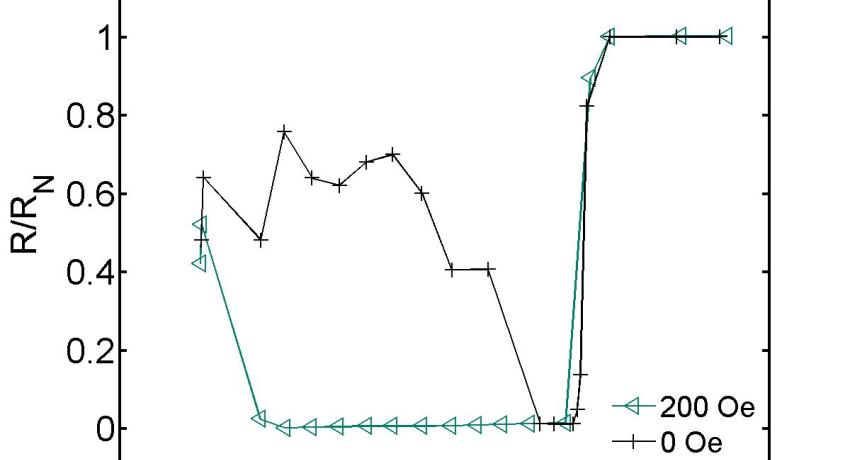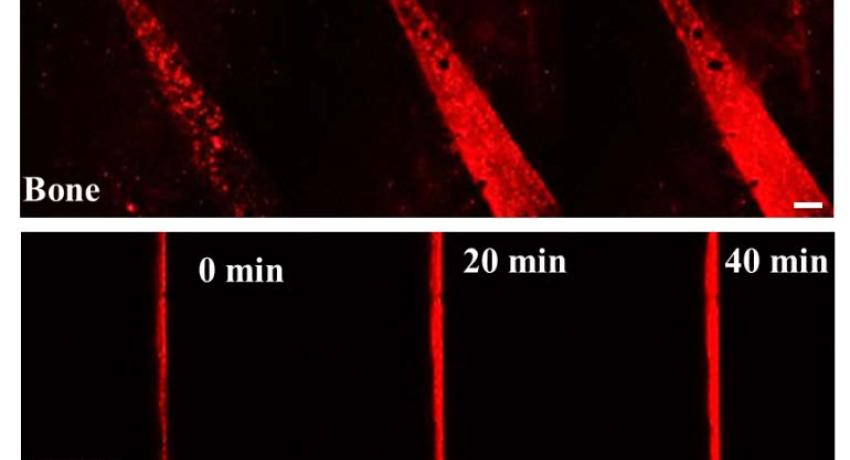Tunable Nanowire Patterning with Acoustic Tweezers
Patterning of nanowires in a controllable, tunable manner is important for the fabrication of functional nanodevices. MRSEC researchers have used standing surface acoustic waves (SSAW) to construct large-scale nanowire arrays with well-controlled patterning geometry and spacing within 5 seconds. By controlling the distribution of a SSAW field, metallic nanowires can be assembled into different patterns.


